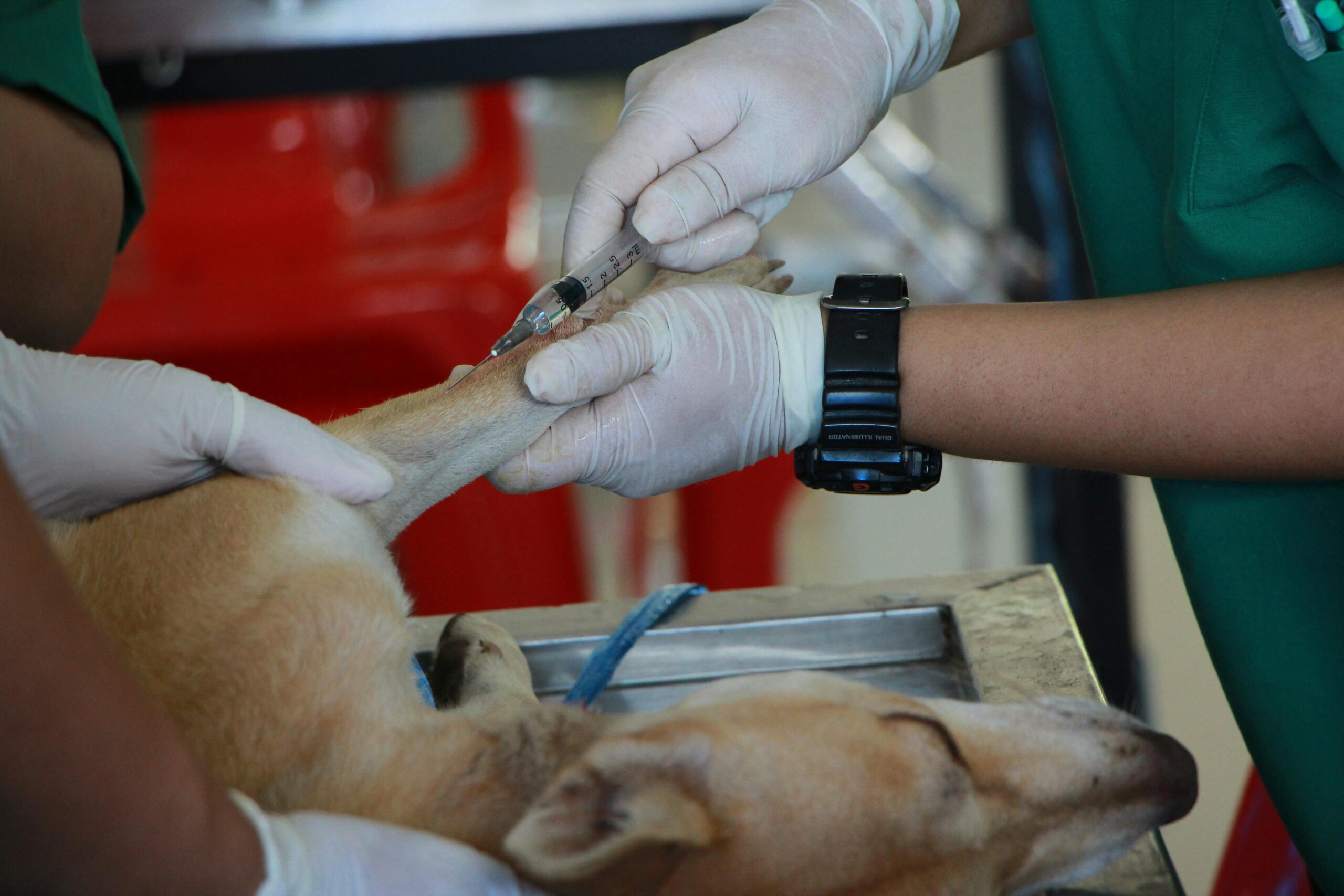The world of veterinary medicine is vast and offers a multitude of career paths for those
passionate about animal care. Two central roles that often get mixed up are that of a
Vet Tech vs. Vet Assistant. At a glance, these professions might seem similar, but they have distinct job
responsibilities, training requirements, and scopes of practice.
Educational Requirements and Credentialing
Veterinary Technicians: Typically, a vet tech must complete a two-year associate’s degree
in veterinary technology. Some may even pursue a bachelor’s degree in the field. In some
states, there are Alternate Route options that allow professionals to become licensed with
specific educational requirements and practical experience. Once their education is
complete, they must pass the Veterinary Technician National Examination (VTNE), overseen
by the American Veterinary Medical Association (AVMA). This exam ensures the technician
has the necessary skills to perform their daily tasks in a veterinary clinic or animal hospital.
Additionally, some states may have their own credentialing process. The U.S. Bureau of Labor
Statistics (BLS) states that many states require vet techs to become certified, registered, or
Licensed.
Veterinary Assistants: The path to becoming a vet assistant is a bit different. Often, a high
school diploma or GED is the only formal education requirement, though some might
complete a veterinary assistant program. Organizations like the National Association of
Veterinary Technicians in America (NAVTA) offer an approved veterinary assistant
designation for those who complete a recognized training program and exam.
Job Responsibilities and Daily Tasks
Vet Techs: Vet techs are often likened to nurses in human healthcare. They assist
veterinarians in administering vaccines, taking x-rays, drawing blood samples, and running
medical tests. Vet Techs are also able to complete more technical tasks such as anesthetic
induction, cast/splint, and complete dental extractions under the supervision of a licensed
veterinarian.
Vet Assistants: Vet assistants typically handle more clerical duties, such as keeping records,
scheduling appointments, and maintaining kennels. However, they also play a vital role in
animal care, helping restrain animals during procedures, taking vitals, and assisting with
basic procedures.
Career Path and Job Outlook
According to the BLS, the demand for both vet techs and vet assistants is expected to rise,
given the growing number of pet owners in places like California and across the nation. This
outlook is promising for those considering a full-time or part-time role in the field.
Vet Techs: With continuing education, vet techs can specialize in areas such as dental
technology, and anesthesia, or even become veterinary technologists. NAVTA and AVMA support this growth through their various programs and resources.
Vet Assistants: Vet assistants can consider transitioning into a vet tech role by enrolling in a
veterinary technology program and undergoing the necessary job training.
In Conclusion
While both vet techs and vet assistants play essential roles in a veterinary clinic or animal
hospital, their paths differ in terms of educational requirements, job training, and
responsibilities. Whether assisting with x-rays, taking blood samples, or ensuring the well-
being of animals in kennels, each profession is integral to the world of veterinary medicine.
Those considering either career path should weigh the differences, especially in terms of
training and educational requirements. Yet, with the growing number of pet owners and the
continuous need for animal healthcare, both careers offer a promising future.
Note: Always check with local regulations and professional associations like the AVMA or
NAVTA for the most accurate and up-to-date information on the vet tech vs. vet assistant
roles and requirements.

